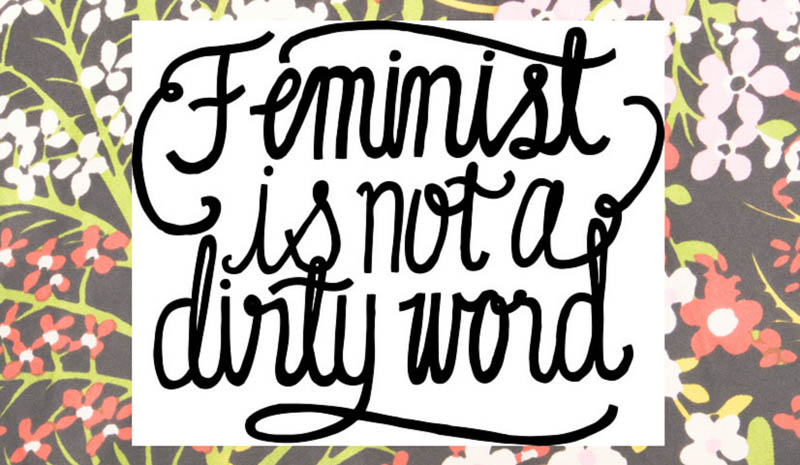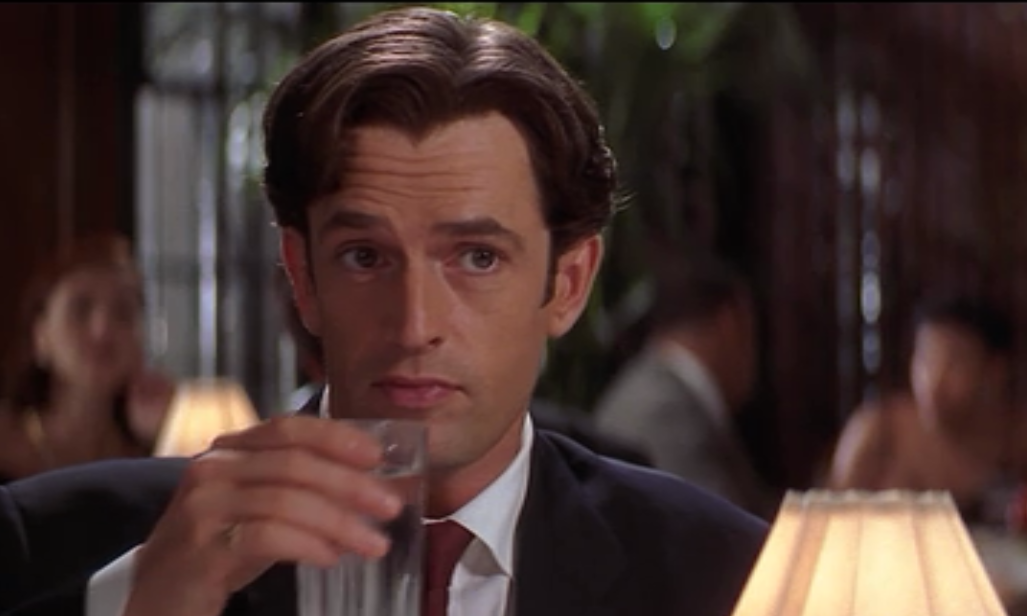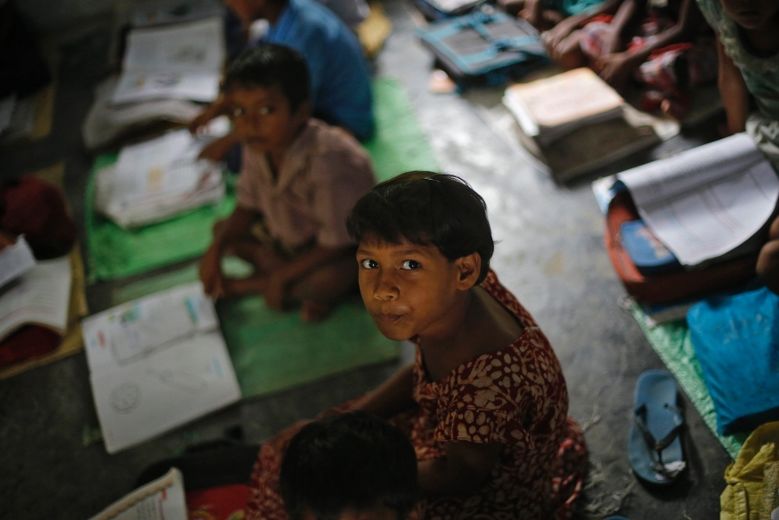Feminism – and all that it is not.
(Originally published here)
It’s a daunting task to even begin writing about Feminism when the word mostly meets with either one of these two responses: “Oh, YES, of course I am a Feminist!” or a smirk accompanied by a gaze that says: “I haven’t made up my mind about Feminism, but since I feel you’ll judge me for not instantly telling you I am a Feminist, let me hope my smirk veils my cluelessness”. Which is why, writing about Feminism is also important.
Having said that, there’s also a third response – one of condemnation and dismissal – that the word Feminism often receives. But for my purpose here, I’ll overlook that attitude. People who resort to such responses to Feminism need an education, and one article written by a regular sceptic will clearly be inadequate in that direction.
Some of the earliest misconceptions about Feminism have been of the sort that Feminists are man-haters, bra-burners, and home-breakers – and they have been successfully (more or less) dispelled.
Why, then, am I still insistent on defending the word for all that it (does not?) stands for?
A movement that aims to break stereotypes is effectively on its way to become one itself, solely because most people’s notions of Feminism come from hearsay and not from a real understanding of it. In our present scenario, it is “fashionable” to stick with a cause and to point to a sad, sad reality – feminism is no more than just that for quite a number of people.
It is now used as a cash-making gimmick, and with a good garbling of the original sense of the word does it achieve that end.
Although nothing substitutes an understanding that comes from reading the seminal works of any movement, for everyone who wishes to be an informed “participant” (and isn’t one already) of the Feminist movement but doesn’t have as much time to spare, here’s the necessary cud to chew on:
- Feminism is not only a belief, but also a much larger movement.
An equal society for men and women is where the idea of feminism merely begins. In addition to gender discrimination, this movement looks at issues of class, race, education and other kinds of societal prejudices as well. The term encompasses many kinds of approaches to examine women’s position in society: radical, socialist, political and reformist, among others. In effect, Feminism is the theory that explains the Feminist Movement, and its struggle aimed at the acknowledgement, acceptance, and celebration of human rights for both women and men.
- Feminism and Femininity are not binary opposites
Every time one says “feminist”, as much as we’re inclined to think of a “JNU-type” kurta –clad “activist-type”, we need to know we’re falling prey to poor stereotypes. No, a feminist does not have to shun her femininity and make-up to support the cause, and no, if she has a boyfriend who pampers her, that does not make her a hypocrite. Let us remember, “Femininity” and “masculinity” are variables on an extremely fluid spectrum and where an individual bends towards has nothing to do with his/her beliefs concerning any issue.
- Liberal is not always feminist and vice versa
An accurate case in point would be Vogue Empower’s “My Choice” video starring Deepika Padukone. While the video celebrates women’s rights to make independent decisions, there are some highly problematic arguments in it. It might be a very liberal (a large group of people have argued even against that) idea to have sex outside of marriage, but that kind of liberality bordering on infidelity is not what feminism advocates. By glamorising perverse and even trivial ideas, Vogue’s short film has left the idea of feminism in a bad spot. But if one understands that it is the makers’ lack of understanding of feminism, there still can be some good taken out of the exercise.
- But “Indira Nooyi is CEO at Pepsico” is NO answer to patriarchy.
At the outset what seems to be an inspirational story of a woman rising against patriarchy, is actually not that that all. On a more critical inspection of the handful of women doing well in their respective job spheres, one realizes that the “handful” number only stabilises patriarchal hegemony further. So when someone tells you that Feminism is now a useless movement, and cite Hillary Clinton or Chanda Kochar as examples, you know they’re exceptional stories of women that have been allowed to take place just to enable patriarchy to cite these examples. Surely an abstract idea at first, it is critical to escape the lull patriarchy wishes to instil in women.
- The Feminist struggle is against Patriarchy, and not MEN.
I kept the most important argument for the last. Being a feminist does not take away a woman’s right to stare at, flirt with or fall in love with a male that she finds fit for her attention. Just like males, females are entitled to their attractions towards the other gender, and it does not oppose their solidarity with their own sex in any way. At all.
Feminism strives for equality of the sexes, not partiality towards the female sex.
In the words of Marie Shear,
“Feminism is the radical notion that women are people”
And in the words of Kate Nash,
“Feminist is not a dirty word.”







